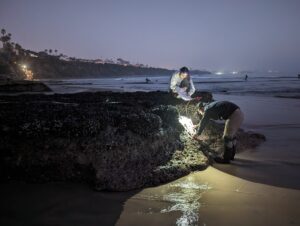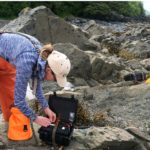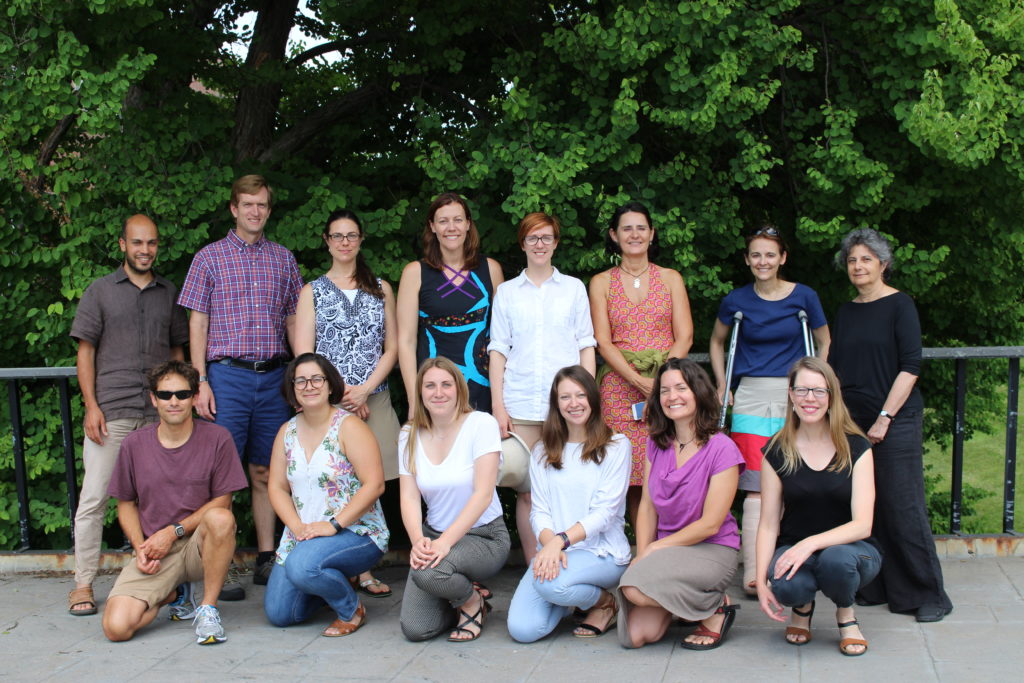 What are the impacts of species range shifts under climate change?
What are the impacts of species range shifts under climate change?
Species are shifting their range due to climate change, and our syntheses have highlighted that this process is having impacts worldwide (Pecl et al. 2017) and that the impacts of native species range shifts can be as detrimental as those of non-native species invasions (Sorte et al. 2010, Henry & Sorte 2022). With funding from the National Science Foundation (PI: Sorte, 2021-24), the Sorte Lab is conducting surveys and experiments at 23 sites along the coast of California and Baja California, Mexico to understand the impacts of two predatory snails that have undergone recent poleward range shifts along the U.S. west coast. This field effort has been led by Ph.D. student Ryan Beshai in collaboration with the labs of Paul Bourdeau (Cal Poly, Humboldt), Julio Lorda (UABC, Ensenada) and Lydia Ladah (CICESE, Ensenada). As we near the end of fieldwork on this project, we are shifting our focus to using our empirical data for predictive modeling and to conducting a synthesis of the impacts of >200 species shifting their ranges in coastal ecosystems worldwide.
What are impacts of multiple, potentially interacting climate change factors?
As climate change continues, species are likely to respond directly to alterations in multiple environmental conditions and indirectly to shifts in species interactions. With funding from the National Science Foundation (PI: Sorte, 2018-2022), we used novel, field-based approaches to simulate warming and CO2 enrichment in tide pool systems in collaboration with the Bracken Lab at UCI, Kroeker Lab at UCSC, Miller Lab at SDSU, and the Sitka Sound Science Center. Results from an earlier short-term experiment suggested that warming and CO2 interact to influence productivity and that ecosystem-level responses emerge before changes to community composition (Sorte & Bracken 2015). In 2019 and 2020, we ran longer-term (3-6 month) climate manipulations to assess impacts from the organismal to ecosystem level and mechanisms underlying those changes. We have published several papers about this research to date, including showing that thermal sensitivity of shellfish in these tide pools depends on thermal history (Rangel & Sorte 2022) and that the ability of these ecosystems to mitigate pH levels varies across the year (Sorte et al. 2023). Manuscripts reporting on the findings of our manipulative experiment are currently under review. While fieldwork was underway, updates on this project were posted on Twitter at #SitkaNSF
Will climate change increase the impact of invasive species?
Invasive species have had large ecological and economic impacts worldwide and, with climate change, are one of the primary threats to global biodiversity. We have been collaborating on an international project (led by Montse Vila and funded by NSF/Biodiversa 2019-2024) to understand and manage invasion impacts on biodiversity and ecosystem functioning. Project Scientist Amy Henry lead efforts to conduct EICAT (Environmental Impacts Classification of Alien Taxa) risk assessments of non-native invasive species and native species that are shifting their ranges under climate change (Henry & Sorte 2022). We also addressed the potential for climate change to increase invasive species impacts in an international working group initiated by PI Sorte (with funding by the Borchard Foundation; 2015-2016) that met annually through 2018. Our syntheses showed that the impacts of invasive predators accrue quickly, necessitating rapid response (Bradley et al. 2019) and that climate change more often offsets than intensifies the impacts of species invasions (Lopez et al. 2022). We also described the potential to understand impacts of native species range shifts through the lens of invasion biology (Wallingford et al. 2020). Dr. Sorte continues to collaborate on invasion biology syntheses, including through working groups funded by NCEAS (2019-2021) and the USGS Powell Center (2022-2025).

